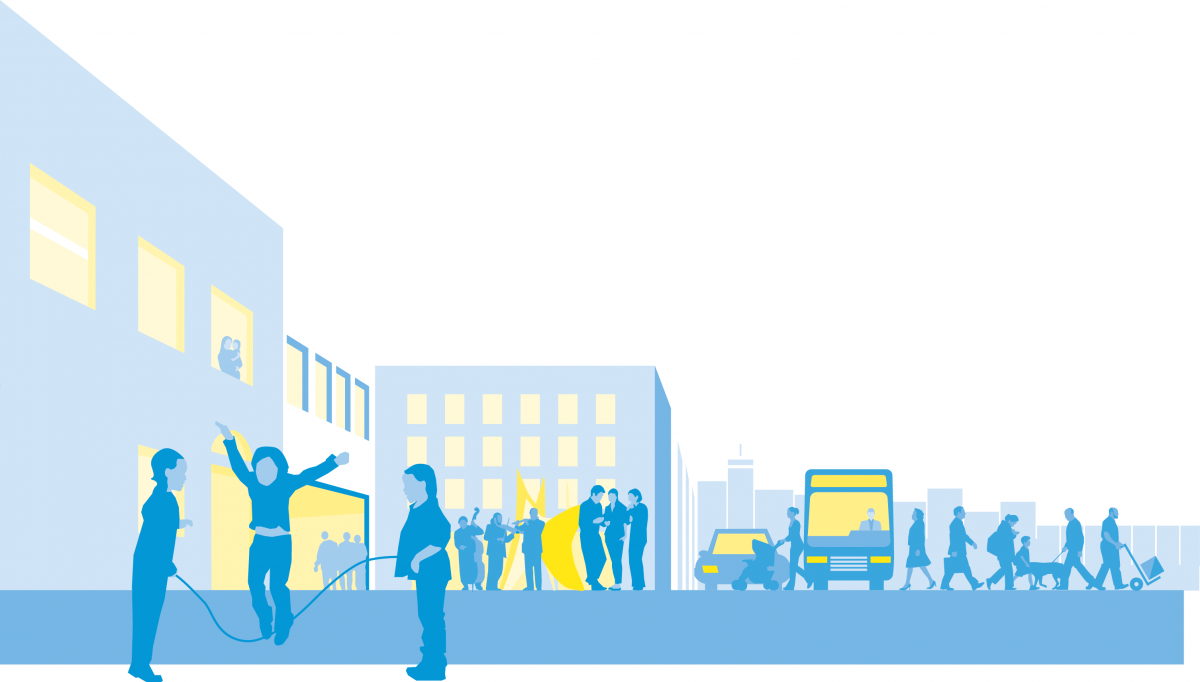- Who We Are
- What We Do
- Our Issues
- Our Projects
- Sprawl Retrofit
- Highways to Boulevards
- CNU/ITE Manual
- Health Districts
- The Project for Code Reform
- Lean Urbanism
- LEED for Neighborhood Development
- Missing Middle Housing
- Small-Scale Developers & Builders
- Emergency Response
- HUD HOPE VI
- Rainwater in Context
- Street Networks
- HUD Finance Reform
- Affordable Neighborhoods
- Autonomous Vehicles
- Legacy Projects
- Build Great Places
- Education & Trainings
- Charter Awards
- Annual Congress
- Athena Medals
- Resources
- Get Involved
- Donate
- Membership
- Public Square
The Congress for the New Urbanism recognizes that cities—within the context of their surrounding regions—are the social, cultural, and economic foundation of human civilization. We assert that the street network provides the setting for commerce and social interaction, and that construction, operation, and maintenance of the street network is primarily to serve people and society.
We assert that current transportation engineering addresses only limited individual components of the region’s street network. This results in a
fragmented and inefficient system that fails to adequately engage the social, environmental, and economic aspirations of communities.
We advocate a return to the historic understanding of the street network as a fundamental framework for safe, livable communities, where the human scale of the individual and the act of walking represent the basic unit of design.
We dedicate ourselves to re-establishing the relationship between the street network and natural systems. Instead of degrading the environment and depleting natural resources, street networks must support and sustain the ecology of place.
We believe that our scarce economic resources should focus on opportunities rather than problems, and that funding for the street network must respond to rational economic factors.
We propose the following principles to guide public policy, development practice, transportation planning and engineering, and urban design.

Principle 1
Create a Street Network That Supports Communities and Places
Street networks fulfill a basic need in human society. They connect people to each other and to destinations. Street networks are not just about transportation and infrastructure, but also about the movement of people, goods, ideas, and wealth. They foster economic activity and provide public space for human interaction. Street networks form an effective, flexible framework for building a community, in every sense of the word.

Principle 2
Create a Street Network That Attracts and Sustains Economic Activity
Street networks provide a template for a rich combination of housing, shopping, and transportation choices. They support a robust mix of culture and commerce. Sustainable street networks are magnets for business, light industry, jobs, and economic opportunities.
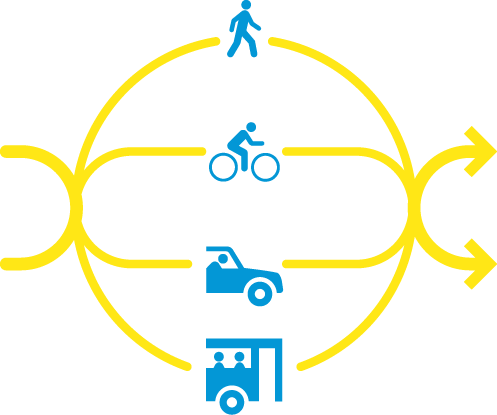
Principle 3
Maximize Transportation Choice
All people should be able to travel within their community in a safe, dignified and efficient manner. A sustainable street network makes that possible and ensures a choice of transportation modes and routes. People can walk, bicycle, take transit, or use a vehicle. Each mode is integrated, as appropriate, within each street. A sustainable street network gets you to your destination, and back.
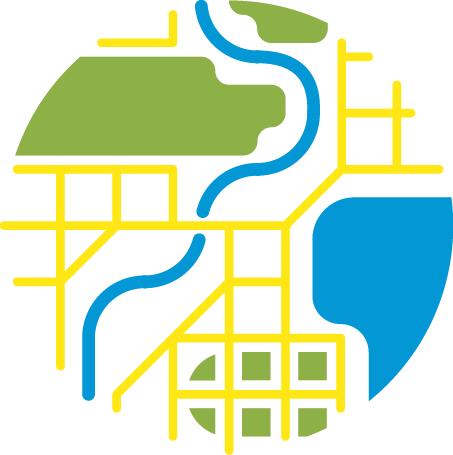
Principle 4
Integrate the Street Network With Natural Systems at All Scales
A sustainable street network respects, protects and enhances the natural features and ecological systems of its urban environment. The result? A balanced and symbiotic community. It integrates stormwater treatment into street design and incorporates stormwater flow and wildlife habitat zones into the street network. The sustainable street network responds to natural features, resources, and systems by adjusting street density and connectivity. The sustainable street network considers the broad spectrum of relationships to natural systems, including those that are site specific, regional, and global.
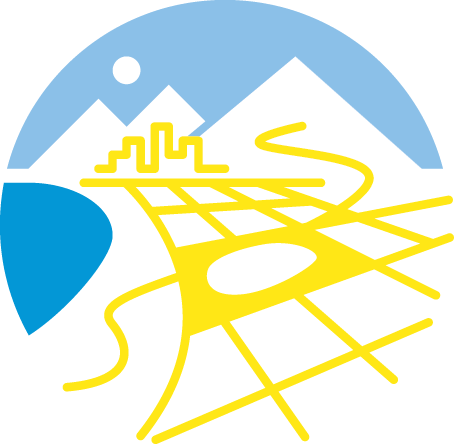
Principle 5
Respect the Existing Natural and Build Environment
The scale and orientation of streets in the network celebrate the unique local and regional characteristics of the natural and built environment. These include architectural features, climate, geography, topography, and history.
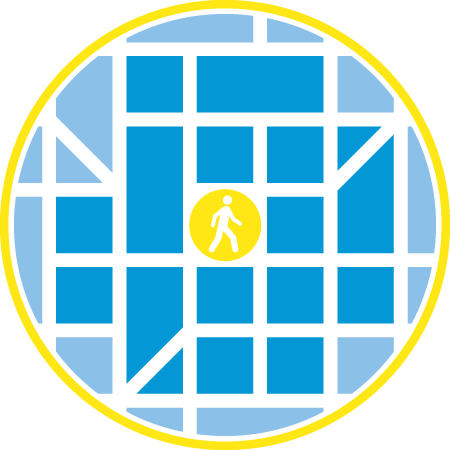
Principle 6
Emphasize Walking as the Fundamental Unit of the Street Network
Our most valued urban places are principally designed for the use and enjoyment of people on foot. This requires a finely woven fabric of streets and blocks that offer direct, varied pedestrian routes made interesting through careful design.
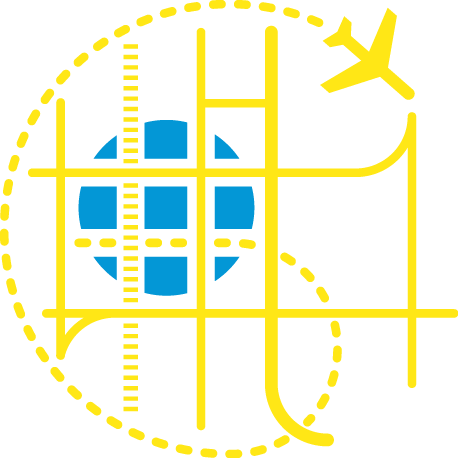
Principle 7
Create Harmony With Other Transportation Networks
The street network is a foundation for the design and evolution of other transportation systems, including highways, rail, freight and air travel. A sustainable street network integrates these systems. It provides flexible mobility, easy and legible movement between modes, and helps turn transit meeting points into attractive and valuable civic places.
For the full text, download the Sustainable Street Network Principles Booklet.
